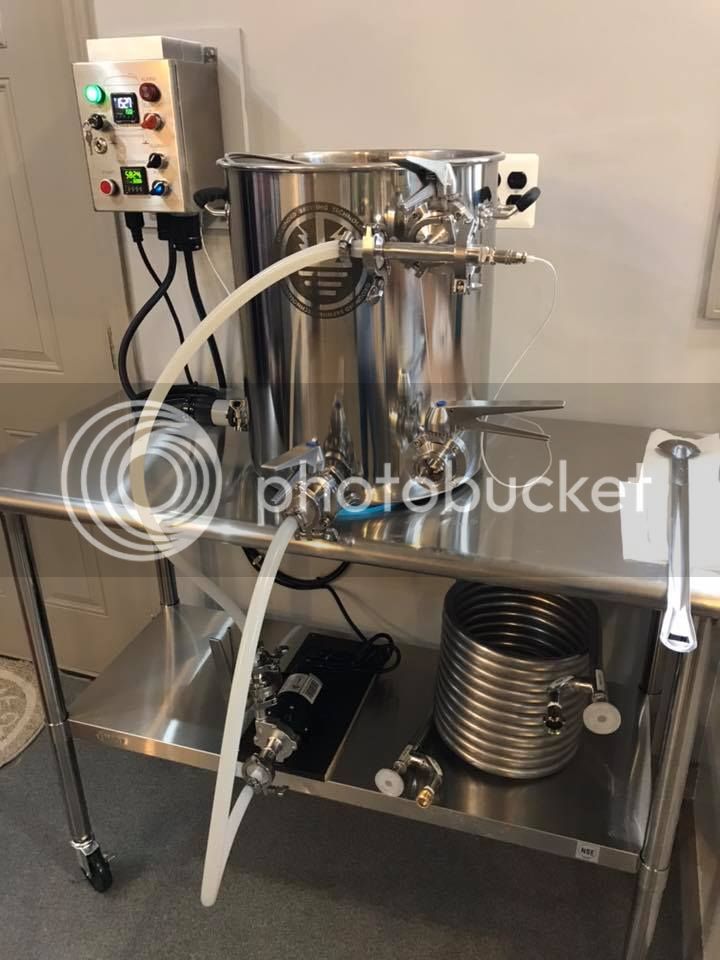It seems to me a logical question. I’ve been doing 10 gal all-grain batches for about 6-7 years. Propane fired keggle, mashing in a Rubbermaid cooler. After too many stuck sparges I switched to the brew bag just in the mash tun. Loved it so much I’m gonna upgrade to a 20 gal kettle so I can single vessel BIAB and cut down on the brew day.
In my opinion, we’re just making wort. It’s not too hard. The yeast does all the heavy lifting. I don’t know many other people who homebrew. I understand that boys love their toys, and the shiny 3 vessel systems with all the pumps and hoses seems intriguing, but doesn’t that produce the same wort with much more dishes to do? Tell me if I’m wrong.
In my opinion, we’re just making wort. It’s not too hard. The yeast does all the heavy lifting. I don’t know many other people who homebrew. I understand that boys love their toys, and the shiny 3 vessel systems with all the pumps and hoses seems intriguing, but doesn’t that produce the same wort with much more dishes to do? Tell me if I’m wrong.






